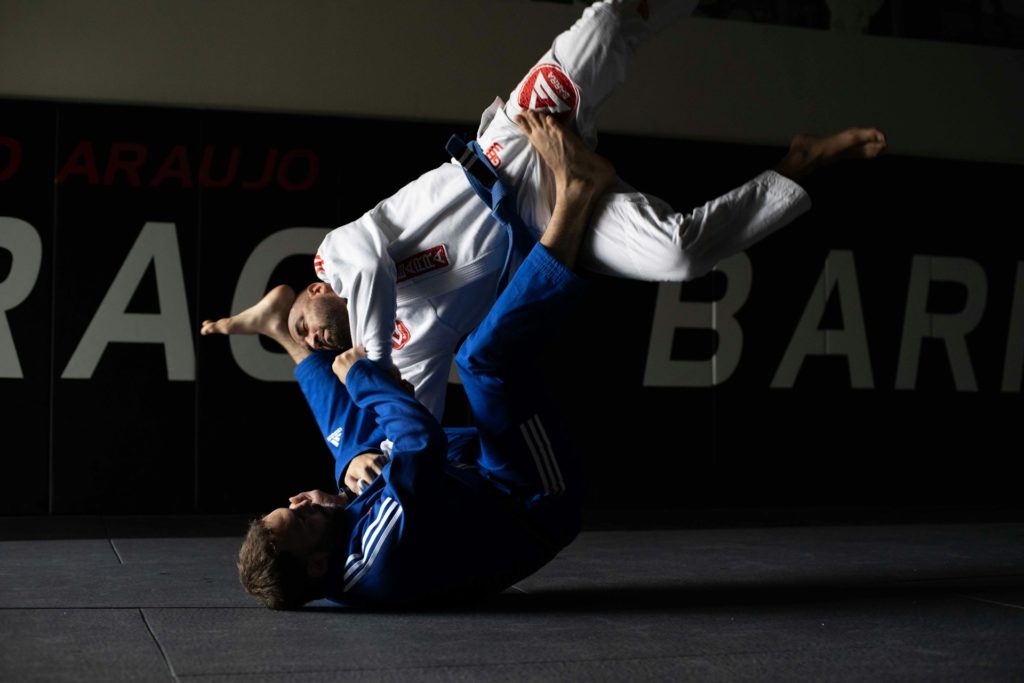The Evolution and Influence of Judo: A Comprehensive Exploration

Judo, a martial art that has transcended its traditional roots to become a renowned global sport, embodies a rich history that intertwines physical skill, mental discipline, and philosophical depth. This article delves into the origins of judo, tracing its development through the visionary efforts of its founder, Jigoro Kano, and examining its transformation into a competitive sport recognized on the world stage.
The Origins and Philosophical Underpinnings of Judo
Judo, a martial art now recognized as a global sport, was founded in Japan in 1882 by Jigoro Kano. Born into an affluent family, Kano was academically inclined and exposed to various fields of study from a young age. His interest in martial arts was piqued during his teenage years, partly as a response to the bullying culture at his school. However, finding a jujutsu teacher was challenging, as the art had become unfashionable in Japan. Eventually, Kano was instructed by Fukuda Hachinosuke, a master of the Tenjin Shin’yō-ryū school of jujutsu, who emphasised technique and practical sparring (randori), elements that would later become central to judo.
Founding of the Kodokan
In February 1882, Kano founded his dojo, the Kodokan, at the Eisho-ji temple in Tokyo. Although not immediately recognized as such, this event marks the birth of judo. Kano’s vision for judo was deeply rooted in the principles of maximum efficiency and mutual benefit, aiming to transform it from a martial art (bujutsu) to a more philosophical and educational martial way (budō).
Judo vs. Jujutsu: The Evolution of a Martial Art
Kano’s judo distinguished itself from jujutsu by its philosophical depth. He renamed it from jūjutsu (art) to jūdō (way), to reflect its broader, more philosophical context. This change signified a shift from a collection of physical techniques to a discipline that encompassed personal and societal improvement.
Early Development and Challenges
Judo’s early years were marked by a struggle for recognition and distinction from the traditional jujutsu. Despite initial resistance, Kano’s persistent efforts in refining and promoting judo eventually led to its widespread acceptance. Judo’s effectiveness against other martial arts and its adoption by the Tokyo Metropolitan Police Department played a significant role in its popularisation.
Judo as a Sport: Rules and Competitions
The sportification of judo began in 1899 when Kano was asked to develop contest rules for jujutsu, which later evolved into judo competition rules. These rules focused on throws, pins, and submissions, while prioritising safety by excluding certain joint locks and strikes. This formalisation was crucial in establishing judo as a competitive sport.
Prominent Judo Techniques and Their Effectiveness
Judo, characterised by its diverse range of techniques, offers a rich repertoire of moves employed in both training and competition. This section will focus on some of the most prominent judo techniques, discussing their purpose, application, and effectiveness in various scenarios.
Table of Key Judo Techniques
| Technique Name | Category | Description | Application in Competition |
|---|---|---|---|
| Uchi Mata | Nage-waza (Throwing Techniques) | An inner thigh throw involving a lifting and twisting motion. | Used for unbalancing and throwing an opponent, often leading to an ippon. |
| Seoi Nage | Nage-waza | A shoulder throw where the judoka turns under the opponent’s arm and lifts them over their back. | Effective for close-range combat, allowing for rapid execution and control. |
| Osoto Gari | Nage-waza | Involves sweeping the opponent’s leg from the outside while pushing their upper body in the opposite direction. | Utilised for destabilising an opponent, leading to a powerful throw. |
| Ne Waza | Katame-waza (Grappling Techniques) | Groundwork techniques including pins, joint locks, and strangles. | Essential for control and submission on the ground, following a throw. |
| Armbar (Juji-Gatame) | Katame-waza | A joint lock applied to the opponent’s elbow, forcing submission. | Commonly used in ground combat for quick submissions. |
| Strangleholds (Shime-waza) | Katame-waza | Techniques that apply pressure to the neck to induce submission. | Used when the opponent is on the ground, effective for submissions without inflicting harm. |
Judo techniques are categorised into nage-waza (throwing techniques) and katame-waza (grappling techniques). Each technique serves a specific purpose, whether it’s to unbalance and throw an opponent or to control and submit them on the ground. Techniques like Uchi Mata and Seoi Nage are famous for their dynamic execution and effectiveness in scoring ippons, while Ne Waza and its components like Armbars and Strangleholds are crucial for ground combat, offering avenues for submission.
Olympic Recognition and Expansion
Judo’s inclusion in the Olympic Games was a landmark achievement. In 1960, the International Olympic Committee formally decided to introduce judo into the Olympic program, making its debut for men in the 1964 Tokyo Games. Women’s judo followed as a demonstration sport in 1988 and became an official event in 1992. This inclusion not only elevated judo’s global profile but also affirmed its status as a competitive and inclusive sport.
Judo in Paralympic and Commonwealth Games
Judo’s adaptability and inclusiveness were further demonstrated by its introduction into the Paralympic Games in 1988 and its inclusion in several Commonwealth Games. In 2022, judo became a core sport in the Commonwealth Games, highlighting its growing significance in the international sports arena. Summing up, the story of judo, from its inception to its present-day status, is a testament to the enduring appeal and relevance of martial arts in contemporary society. Judo, underpinned by its philosophical principles and adapted to modern competitive formats, continues to evolve, attracting practitioners worldwide. Its journey reflects not just the transformation of a martial art into a global sport but also the dynamic interplay between tradition, innovation, and cultural exchange.